The following post was sponsored by Vitamix. All opinions expressed herein are my own.
Overview
Food waste is a huge problem. According to the United States Environmental Protection Agency, upwards of 40 million tons of food waste are generated domestically. Every. Single. Year. There is no doubt that some of this food waste could have been avoided, but for the wastes that couldn’t, only about one-fourth of this material was composted or turned into energy. The other three-fourths waste landfilled.
A lot of people think that landfilling food waste isn’t a problem because it is biodegradable. While this is true, food and other organic wastes need to be composted, digested or in some other way processed properly to retain its value. Most people don’t realize that very little oxygen is able to circulate through landfills, which creates an anaerobic environment. Oxygen is a key component to the composting process. Without it, the food waste breaks down anaerobically, leaching out of the landfill in the form of methane gas, which is a greenhouse gas emitter far more potent than carbon dioxide. Heavy, I know.

The US EPA places the highest priority on reducing food waste at the source, and lowest on landfilling and incineration.
Composting at Home
Everyone who follows me knows how much I love composting with worms. I don’t know how much an in individual worm weighs, but it take on average about 1000 worms to weigh a pound! I use Red Wigglers for my worm bin, which are the same type of worms that most people use for fishing! These little critters, or wrigglers, I should say, eat decomposing food waste, breaking it down until it is “cast out” their other end, creating a nitrogen-rich soil amendment known as Worm Castings. This material is actually their manure and can be applied in small amounts directly onto your plants!
Types of Composting
There are many different ways to compost. I use my worm bin first, and any remaining scraps above and beyond what my worms can handle to a locally community garden where they are composting using a three-bin composting system.
Additionally, some people have curb-side food scraps collection from their waste hauler, others create what is known as a “static pile” in their backyards, and others mulch leaves and other yard waste from their yards which can then be applied right back into their yards and gardens.
Limitations of Composting
Composting isn’t for everyone, and I get that. I live in an apartment, which makes traditional composting near impossible to do onsite, which is why I have my worm bin (binS, if I’m being honest [I have several bins if I’m being really honest]). I also live in Southern California, which is an ideal climate for multiple types of climates.
There are many reasons why a person would be unable to compost at home:
The Learning Curve
When I first learned how to compost with worms I no doubt sent more than I would like to think about to an early grave. Fortunately, with time, I have worked out the kinks.
When it comes to traditional composting, rarely have I found a friend who is able to create a proper compost pile that heats up to the right temperature to properly “cook” the food waste.
I also know that many people, for various reasons, don’t have the time or energy to master composting. They also might live in a part of the country (or world) that experiences dramatic shifts in weather making it impossible to compost. This is why I am excited to introduce a new product!
The FoodCycler FC-50 by Vitamix
Like most people, when I think of Vitamix I think of blenders. I have been using my Vitamix blender for a while now, way before Vitamix and I decided to collaborate. I love my Vitamix and use it just about every day. I love using my Vitamix blender to make breakfast smoothies, nut milks, and other delicious things. This is going to sound cheesy, but I love how powerful it is. When I turn my Vitamix on I swear it sounds like an airplane is about to take off! But I digress…

The FoodCycler
According to Vitamix, “Simply toss your food scraps into the bucket, press the button, and relax. The FoodCyclerk breaks down food waste into a tenth of its original volume and creates a nutrient-rich fertilizer you can add to your soil. And the best part? The carbon filtration system eliminates odors, making it perfect for indoor use.”
I have been using my FoodCycler FC-50 for a few months. It literally replaces traditional and worm composting when those two options aren’t available or convenient. Unlike traditional composting that takes months and months to do properly, the FoodCycler does the job in about 3 to 8 hours, depending on the moisture content. Simply place your food scraps in the machine, close the lid, and press start. It’s that easy.
Whereas a compost pile must be kept at a specific carbon to nitrogen ratio, have water added on a regular basis, and semi-frequent turning, the FoodCycler heats the scraps to dry them out, then a rotating blade spins to chop the material. Once complete, you can either add the finished product to your garden, or throw it away, knowing that you reduced the mass of the food waste by up to 90%.
Here’s a list of the types of foods accepted in the FoodCycler: fruit cores, vegetable peels, diary, chicken bones, and more.
But Would I Recommend it?
You know me, I’m a man of my worms! I love composting with worms, but I recognize that for various reasons, not everyone will have the time, resources or patience to compost at home. Traditional backyard composting doesn’t work for me, because I don’t have a backyard. And I know there are a lot of others who also have small footprints like me without a backyard, or other way to keep a compost pile or even a compost bin for traditional composting.
For those of you who don’t see traditional composting in your future, the FoodCycler is a FC-50 great alternative. It’s literally the most straightforward appliance a person can own. Fill it up with food scraps and press start. It’s that easy.
To learn more about the FoodCycler, be sure to check out Vitamix’s website today.
I’d like to hear from you
Have you had a transformational experience with nature? I would like to hear about it. Share your experience in the comments below, or by sending me an email!
About the author
Jonathan Levy is an environmental consultant focused on solid waste and zero waste lifestyle enthusiast. When he isn’t knee-deep in a dumpster, you can find him entrenched in a book, hiking the San Gabriel mountains, or tending to his composting worms.
Other posts by Jonathan Levy
Into the Wild: The Buyer’s Guide to Picking the Best Computer
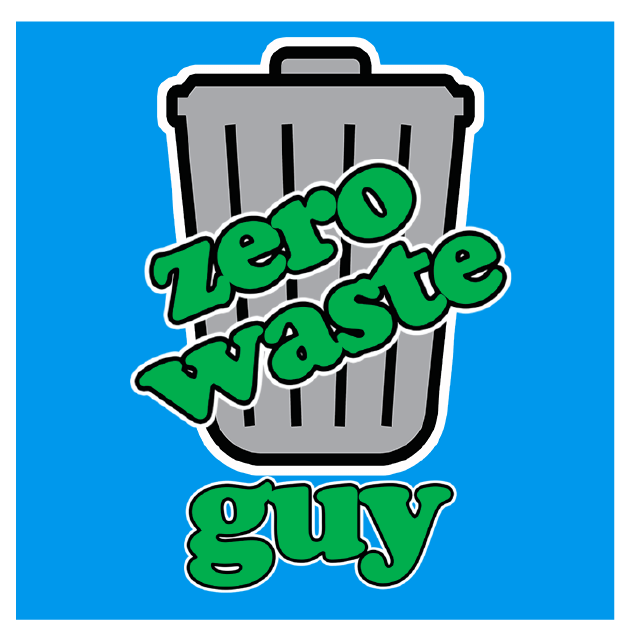


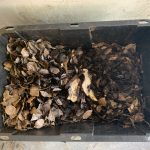

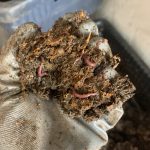


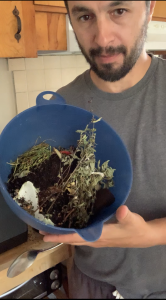
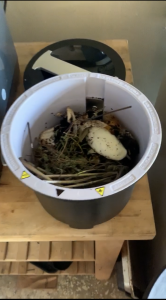



Great advices and useful ideas to improve our life while respecting the Planet.
Thanks so much!!!
Our family also tries to live by reducing waste. We all try to spread this way of thinking.
https://www.youtube.com/watch?v=wKGulo2QaiY&t=51s
Thank you for the thorough review. We’ve been using the Food Cycler for 6 months and have dramatically reduced the food waste that goes into our yard waste bin. I’ve had less success using the compost that is produced, as it tends to produce mold. What are your thoughts on adding it as brown waste to a worm bin?
The brown waste would act as a bedding for your worms, so you wouldn’t need to add too much of it to your worm bin before you’d have enough. I’d recommend using a little bit of that brown stuff as bedding, and put the rest out in your garden.
Do you feed your worms the scrapes after running through the fc-50?
Good question. Once the FoodCycler is finished doing it’s thing, the leftovers make good worm bedding, but I don’t think they actually eat it.
Hi Jonathan, Great content. I was inspired by your passion for understanding trash and having a healthy and happy life without hurting the environment.
I recommend also Lauren Singers’ blog “8 Simple Ways to Reduce Holiday Food Waste”
https://trashisfortossers.com/8-simple-ways-to-reduce-thanksgiving-food-waste/
I don’t know her personally but like you she also inspires me towards zero waste. Thank you!